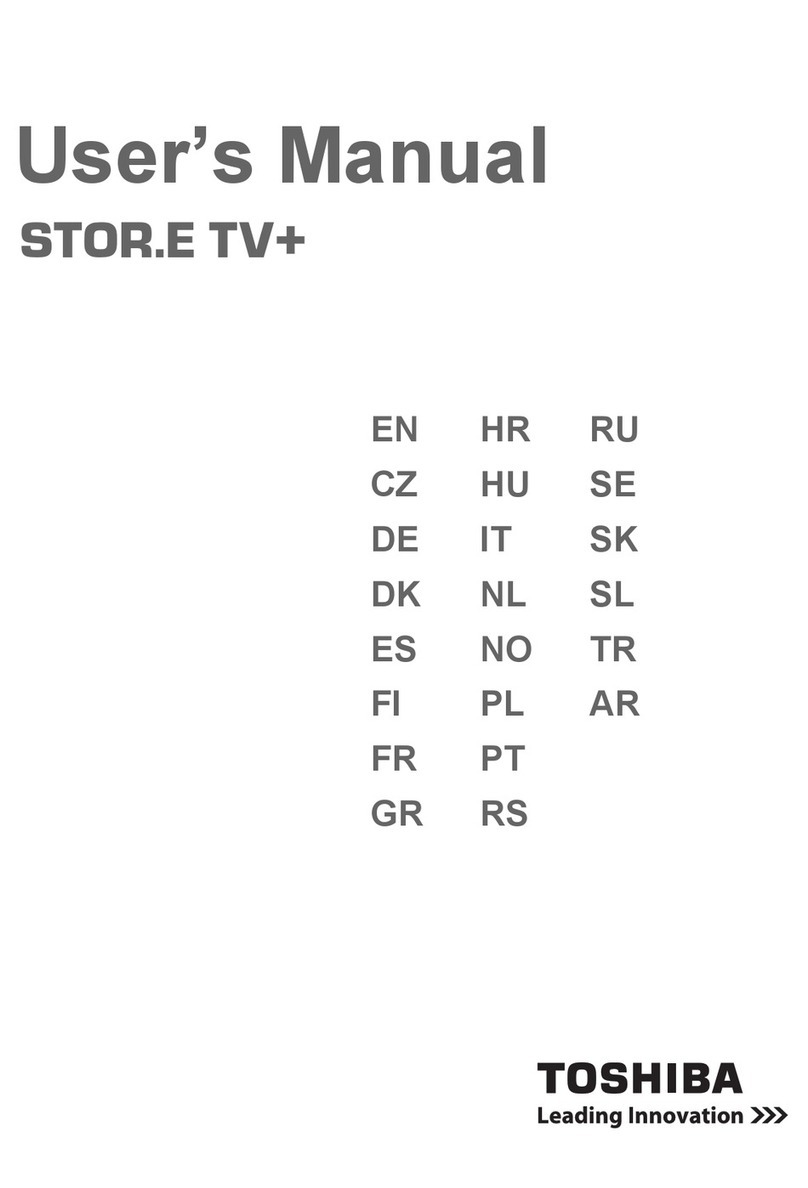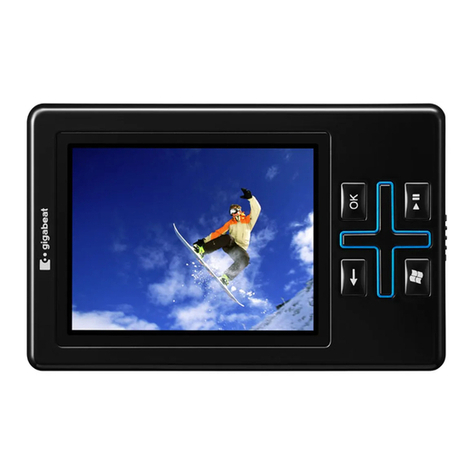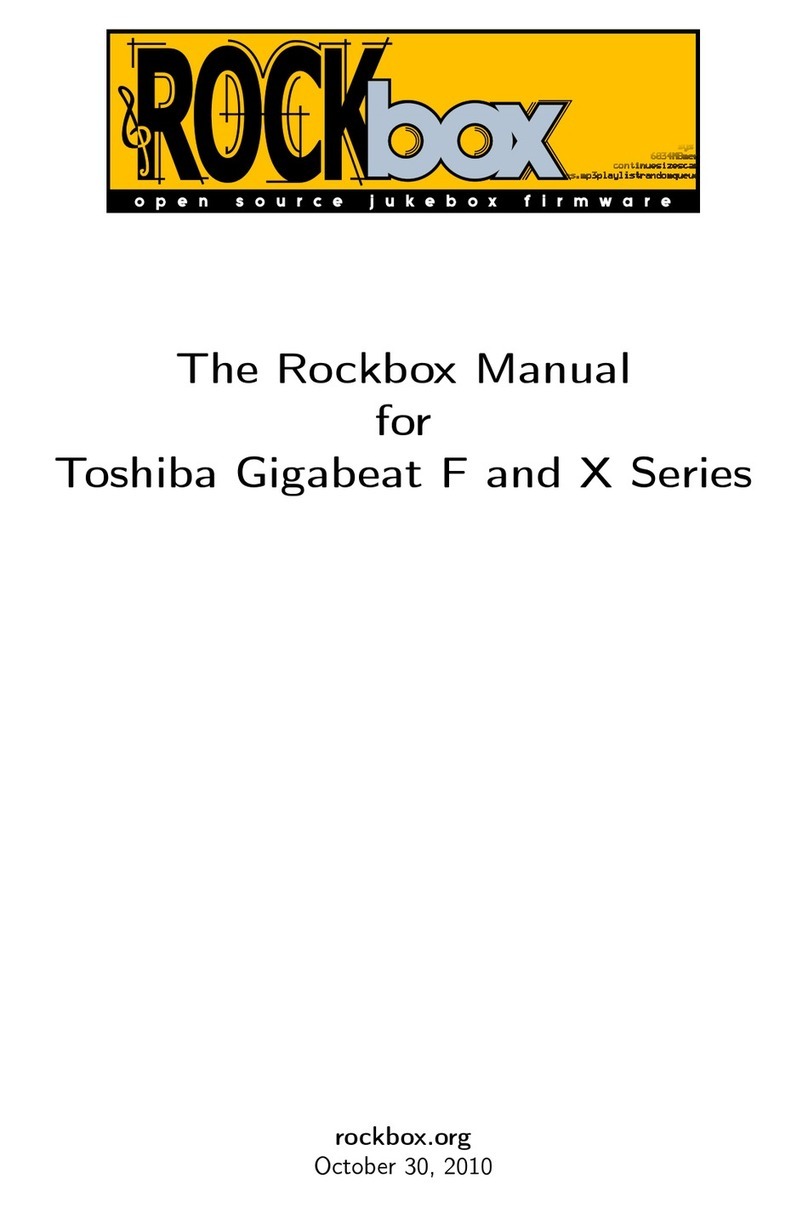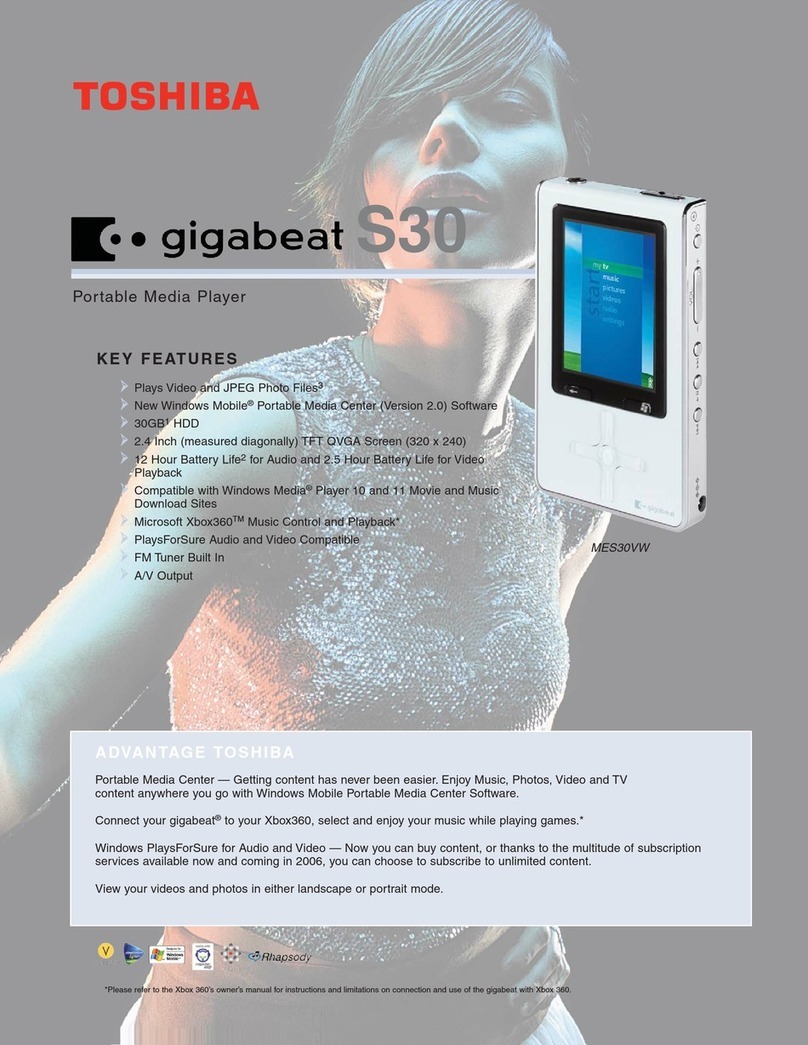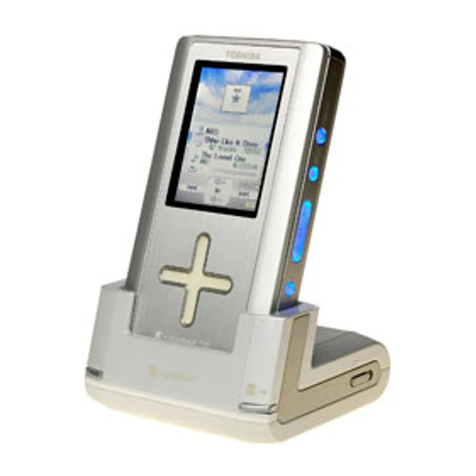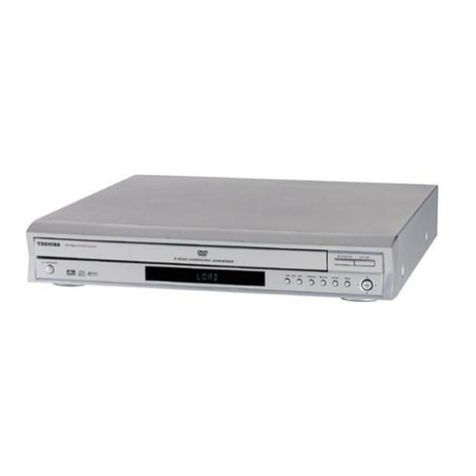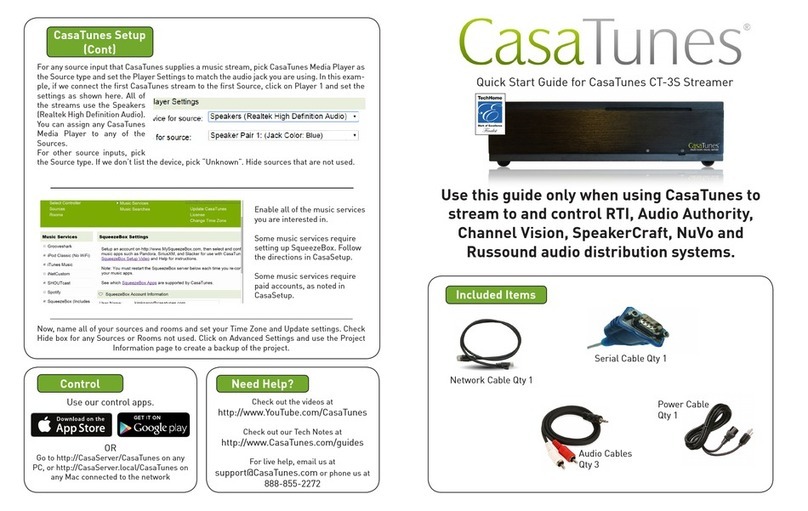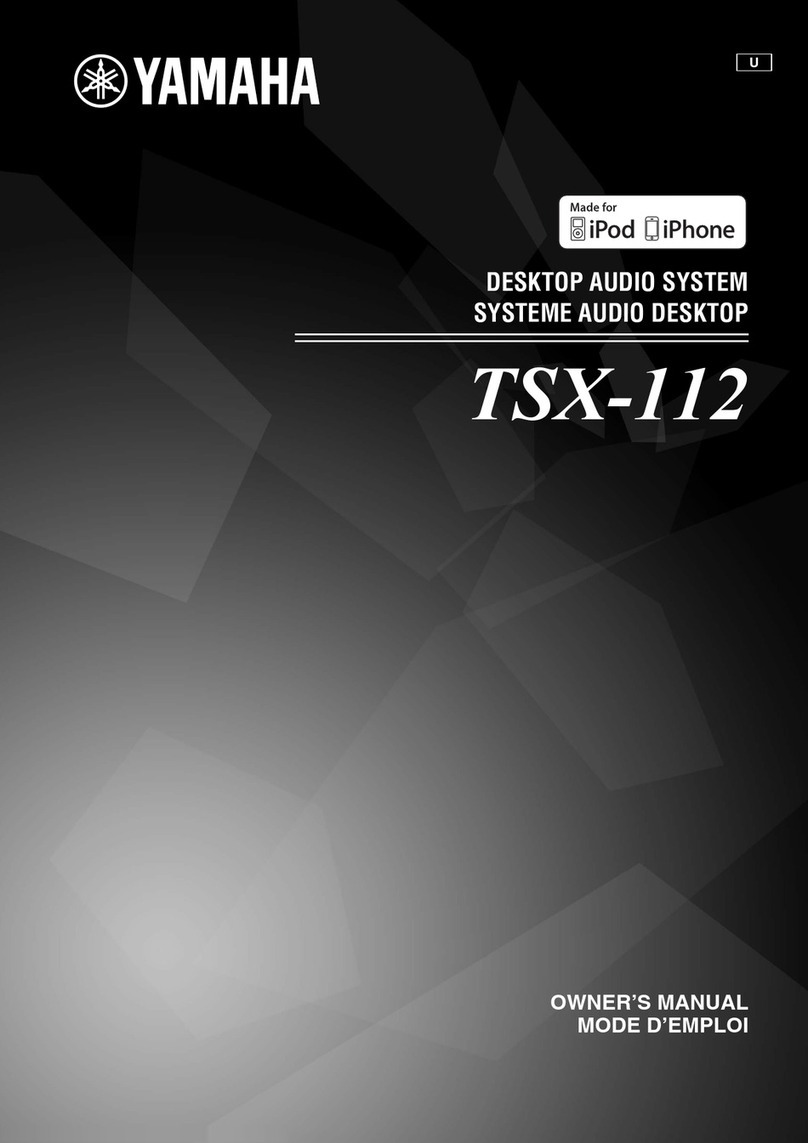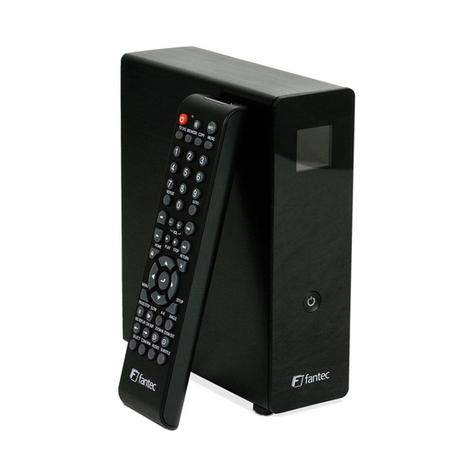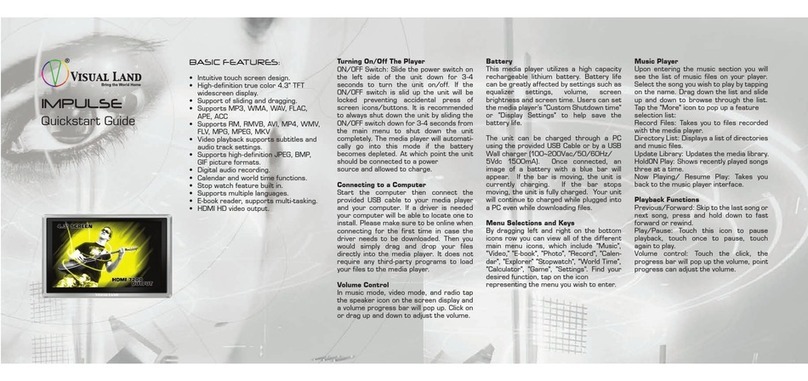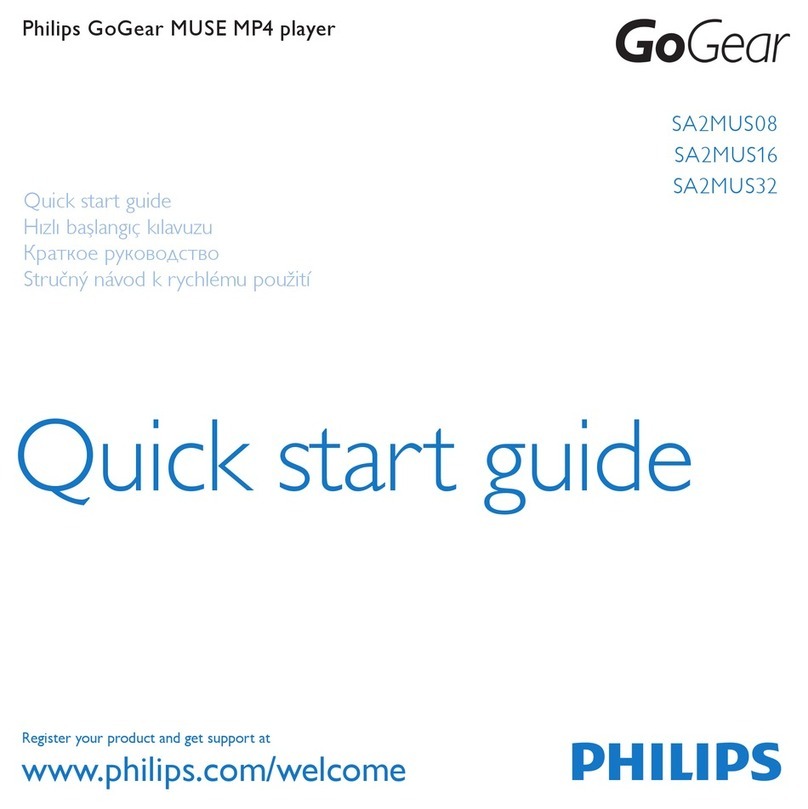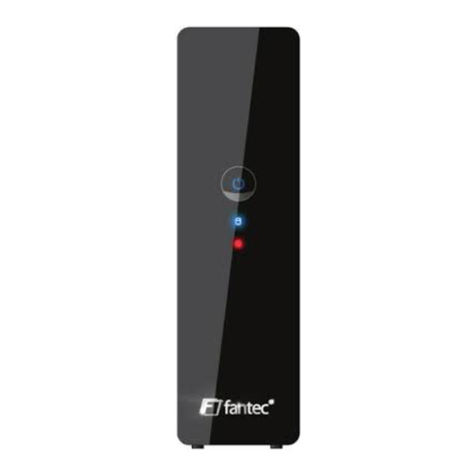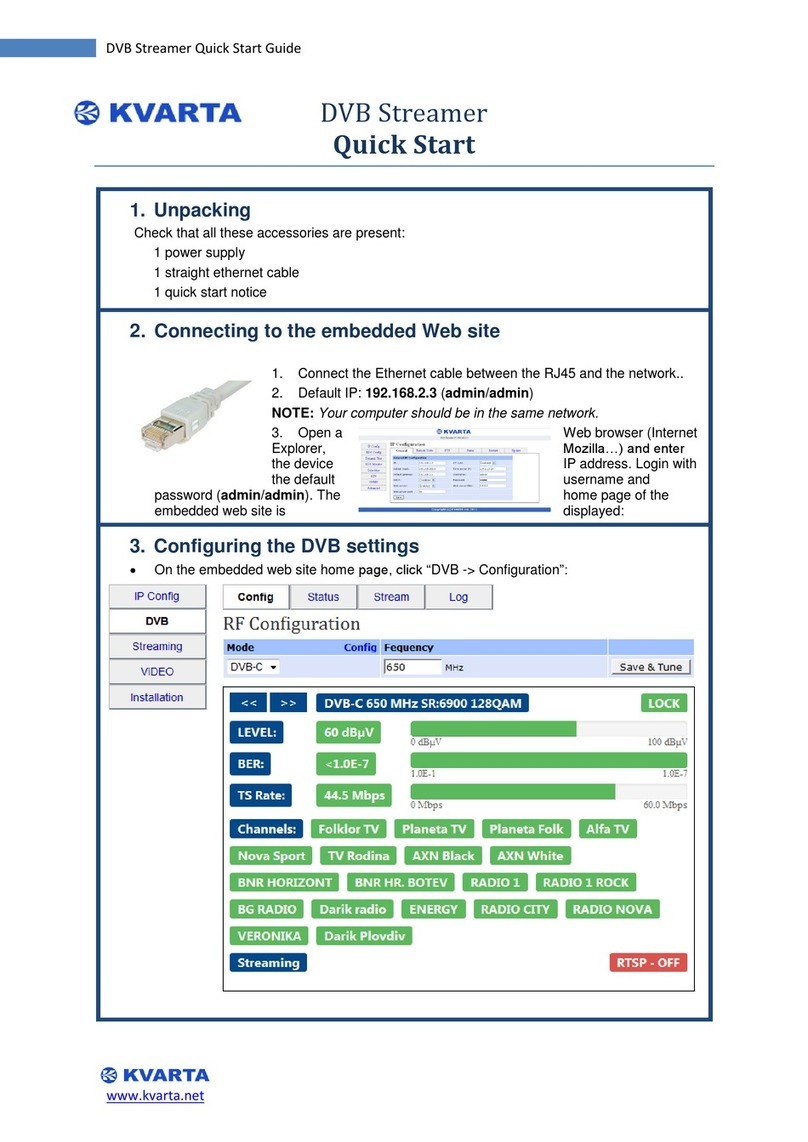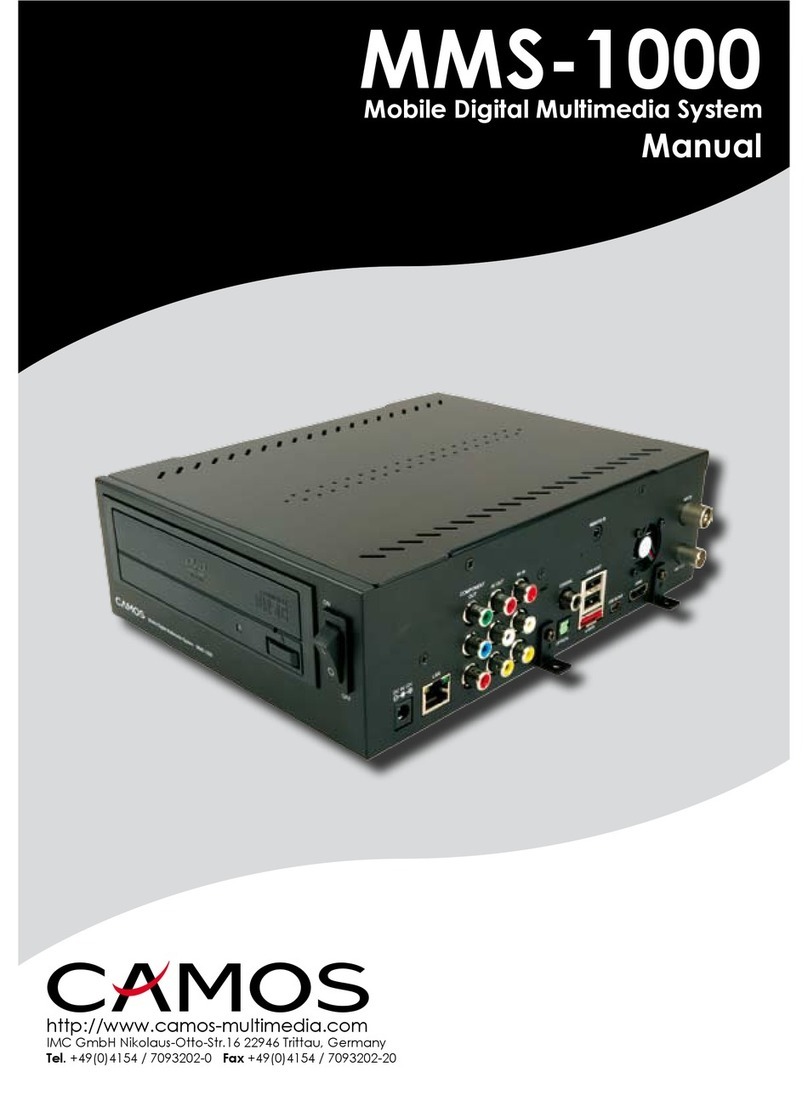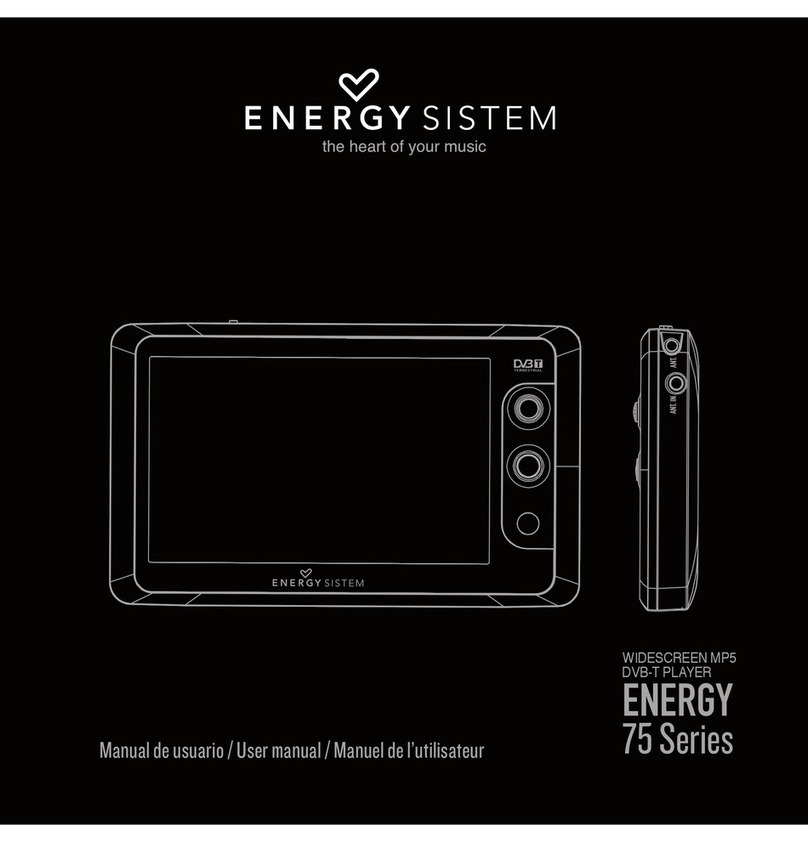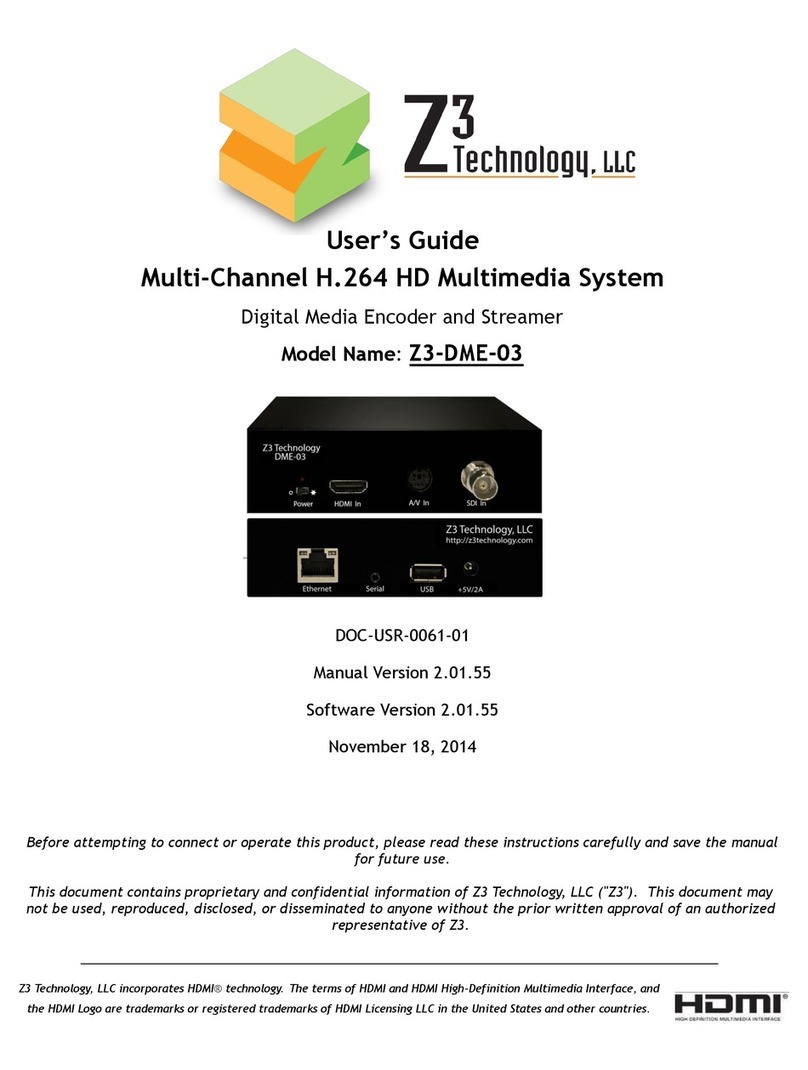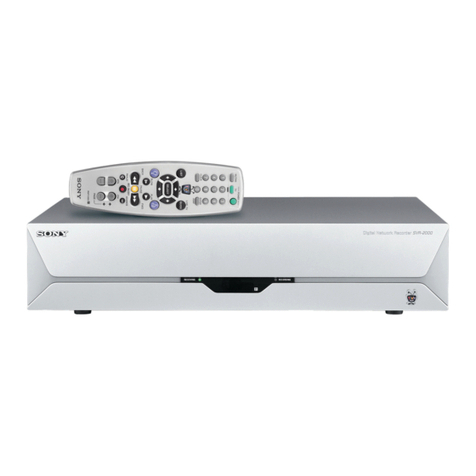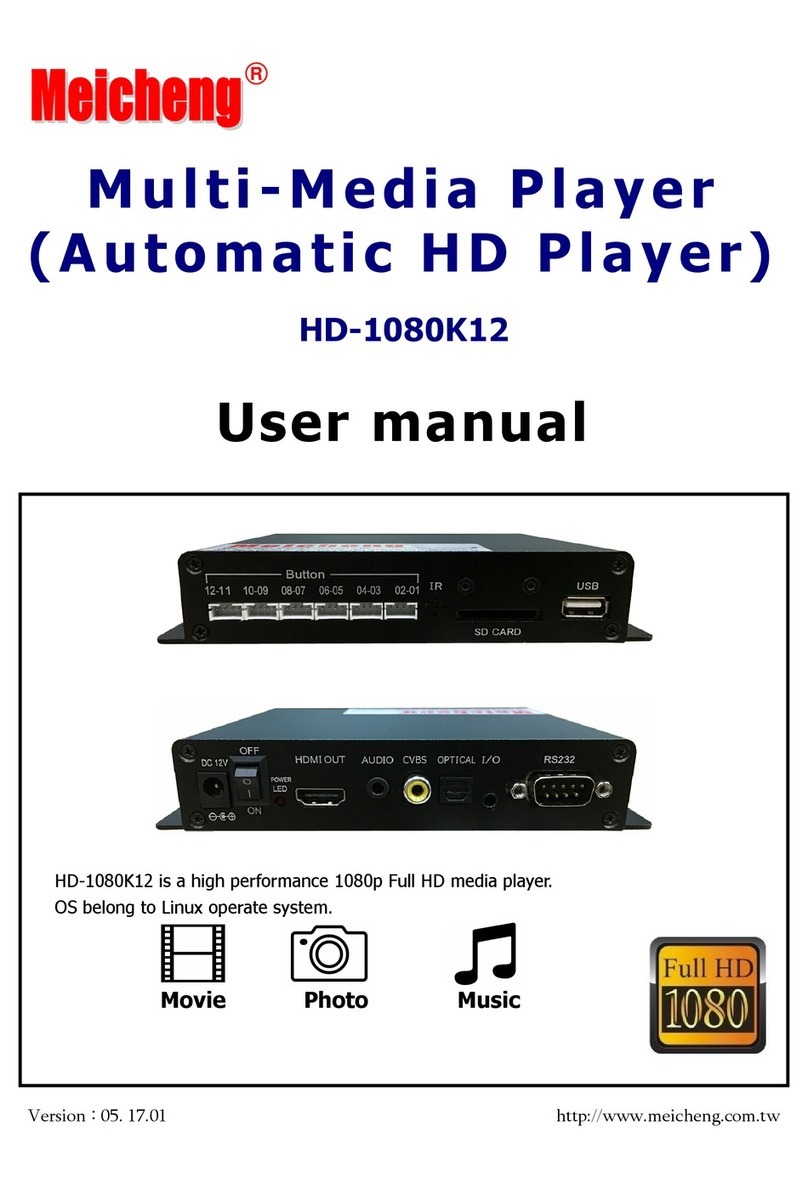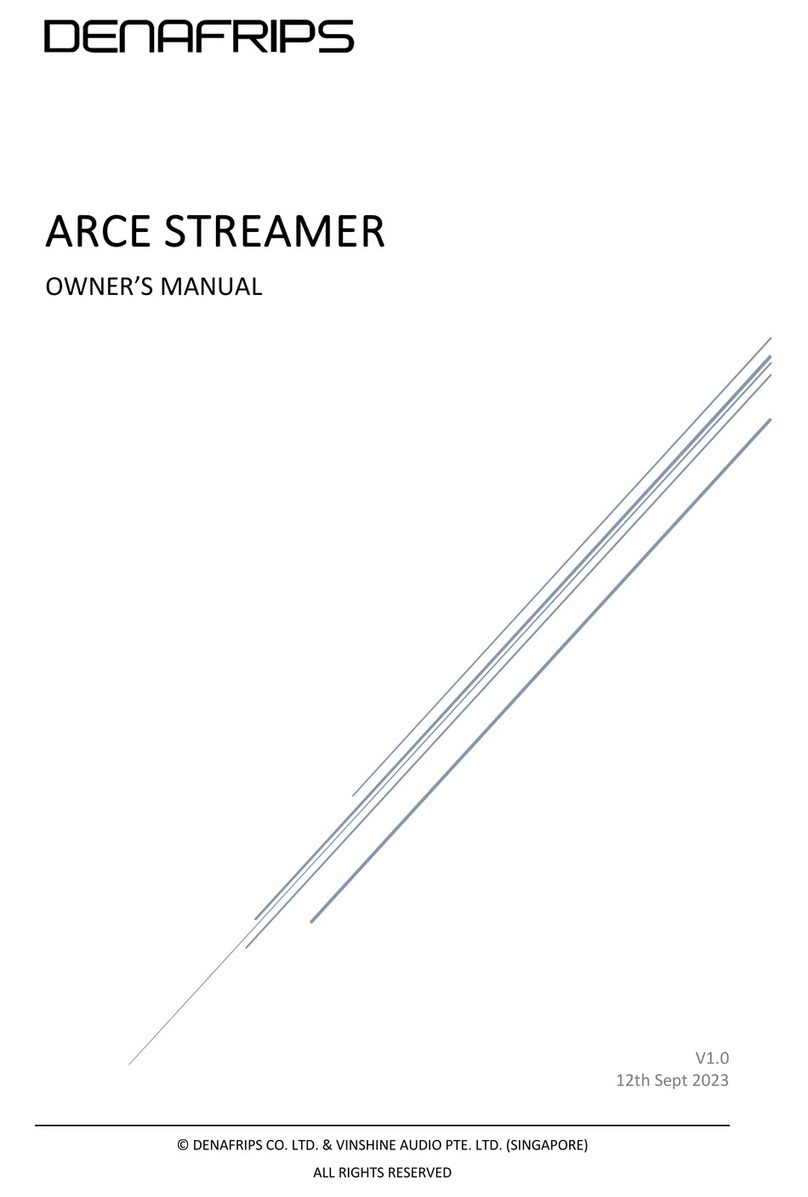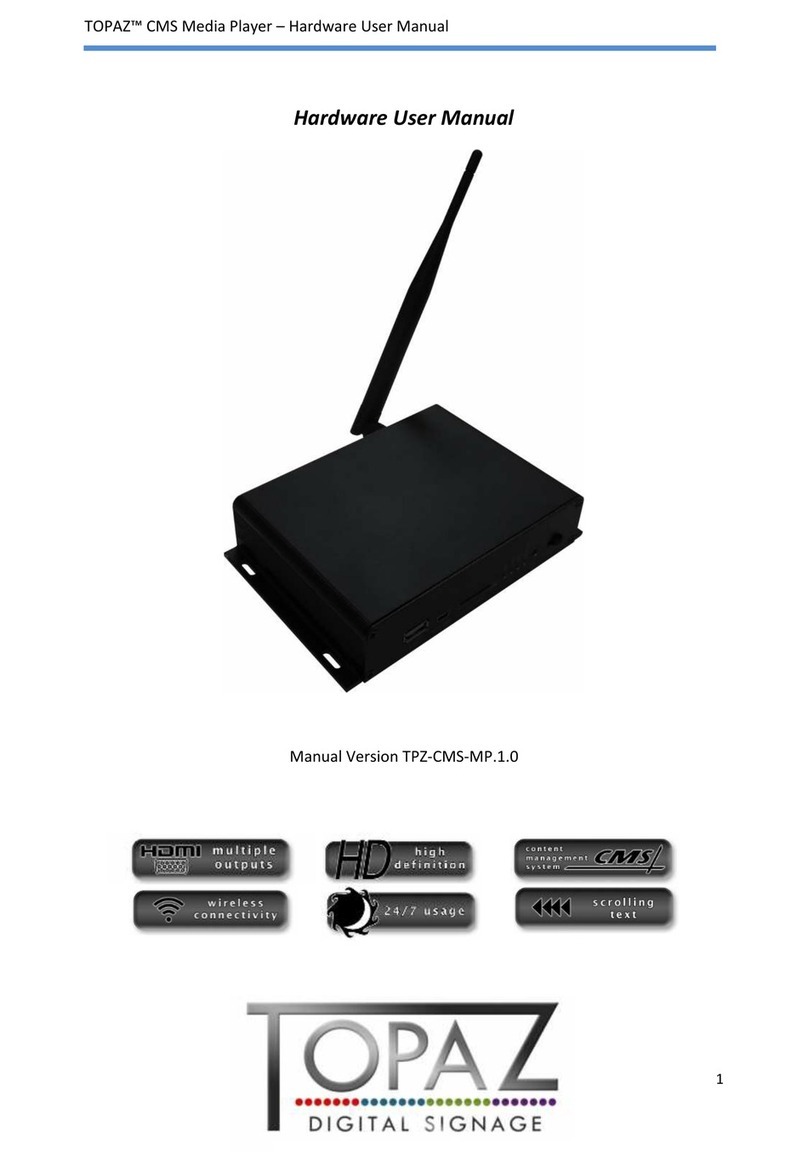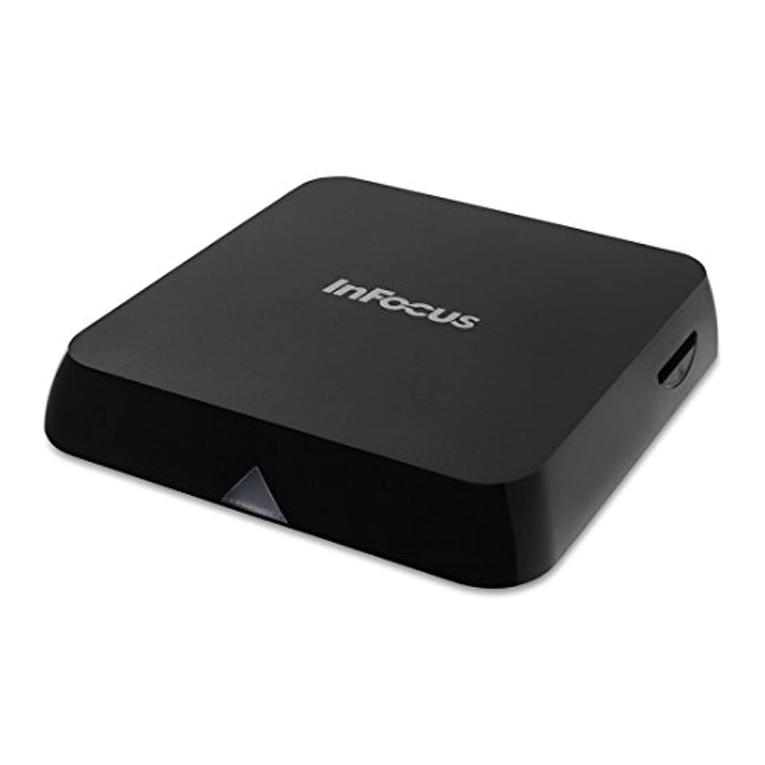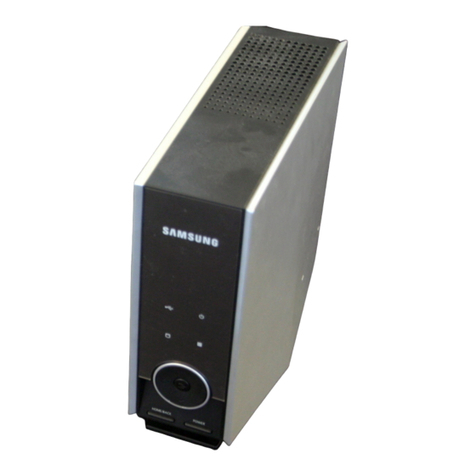
Contents 7
11.1.28.Sliding Puzzle ..............................113
11.1.29.Snake ..................................114
11.1.30.Snake 2 .................................115
11.1.31.Sokoban .................................116
11.1.32.Solitaire .................................118
11.1.33.Spacerocks ...............................119
11.1.34.Star ...................................120
11.1.35.Sudoku .................................121
11.1.36.Superdom ................................122
11.1.37.Wormlet .................................124
11.1.38.Xobox ..................................127
11.1.39.XWorld .................................127
11.2. Demos ......................................128
11.2.1. Bounce .................................128
11.2.2. Credits .................................129
11.2.3. Cube ...................................129
11.2.4. Demystify ................................130
11.2.5. FFT ...................................131
11.2.6. Fire ...................................131
11.2.7. Fractals .................................132
11.2.8. Logo ...................................133
11.2.9. Matrix ..................................133
11.2.10.Mosaique ................................134
11.2.11.Oscilloscope ...............................135
11.2.12.PictureFlow ...............................136
11.2.13.Plasma .................................138
11.2.14.Rocklife .................................138
11.2.15.Snow ...................................139
11.2.16.Starfield .................................140
11.2.17.VU meter ................................141
11.3. Viewers .....................................141
11.3.1. Shortcuts ................................142
11.3.2. Chip-8 Emulator ............................143
11.3.3. Frotz ...................................144
11.3.4. Image Viewer ..............................145
11.3.5. Lua scripting language .........................146
11.3.6. Midiplay .................................147
11.3.7. MPEG Player ..............................147
11.3.8. MP3 Encoder ..............................149
11.3.9. Rockboy .................................150
11.3.10.Search ..................................151
11.3.11.Shopper .................................151
11.3.12.Sort ...................................152
11.3.13.Speedread ................................153
The Rockbox manual (version 3.14) Toshiba Gigabeat F and X Series
